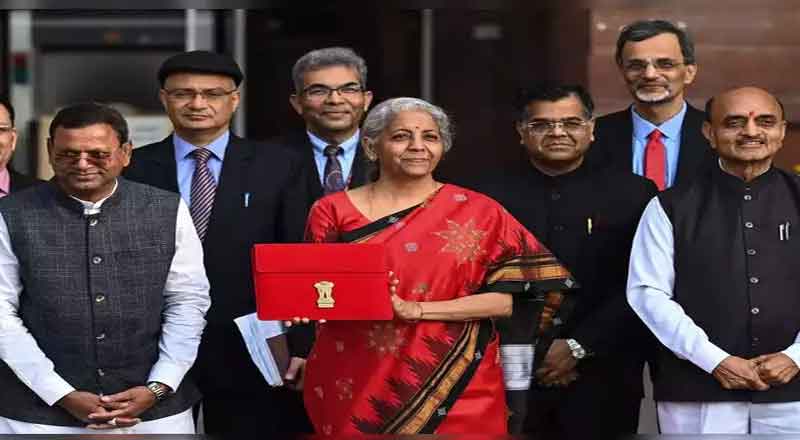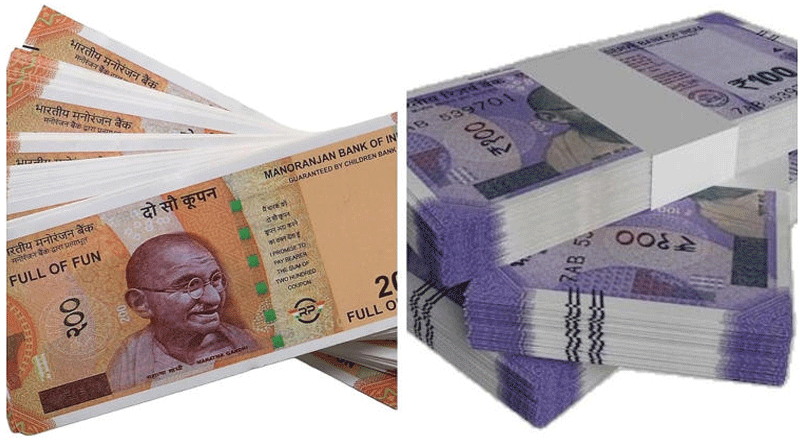For decades, India’s finance ministers carried a briefcase to present the budget. This practice, rooted in British tradition, symbolized the weight and significance of the financial exercise. However, Finance Minister Nirmala Sitharaman broke this long-standing tradition in 2019 with a bahi khata and further modernized it with a tablet in 2021. As she prepares to present her seventh consecutive budget on July 23, let’s delve into the evolution of budget presentation under her tenure.
The Legacy of the Briefcase
The term “Budget” originates from the French word “Bougette,” meaning leather briefcase. This tradition dates back to the 18th century in the United Kingdom. The first budget box was designed in 1860 for William Ewart Gladstone, the then Chancellor of the UK. This box, lined with black satin and covered in scarlet leather with the Queen’s monogram embossed in gold, set a precedent. The red color was chosen, possibly due to Prince Albert’s preference and an event in the late 16th century where Queen Elizabeth I’s representative presented a red briefcase filled with black puddings to the Spanish ambassador. In the UK, the red Gladstone box became iconic. However, by 2010, the original Gladstone bag was so worn out that it was officially retired.
India’s Adoption of the Briefcase
Following the British tradition, Indian finance ministers also carried a briefcase for budget presentations. The first budget of independent India, presented on November 26, 1947, saw Finance Minister RK Shanmukham Chetty with a trademark budget bag. Over the years, the briefcase varied in color, including red, black, and tan.
Significant variations occurred over the decades. In 1974, Yashwantrao Chavan used a steel-lined suitcase. Yashwant Sinha’s 1998-99 budget featured a briefcase with buckles and straps, while Manmohan Singh’s 1991 budget briefcase resembled the Gladstone box but was black. P Chidambaram carried a scarlet leather briefcase, and Arun Jaitley opted for a tan briefcase in 2015. Notably, some finance ministers like TT Krishnamachari and Morarji Desai chose to carry their budget speeches in files instead.
Nirmala Sitharaman’s Innovative Approach
In 2019, Nirmala Sitharaman broke away from the briefcase tradition. She presented her first Union Budget using a red cloth pouch known as the bahi khata, a traditional Indian ledger book. This symbolic shift reflected a departure from colonial influences and a nod to India’s indigenous practices. Sitharaman remarked, “For Budget 2019, I did not carry a suitcase. We are not a suitcase-carrying government. A suitcase also denotes something else, ‘suitcase taking, suitcase giving.’ Modiji’s government is not a suitcase government.”
Chief Economic Advisor Krishnamurthy Subramanian further explained, “It is in Indian tradition. It symbolises our departure from the slavery of Western thought. It is not a budget but a ‘bahi khata’ (ledger).” In 2020, Sitharaman continued with the bahi khata, emphasizing the need to move away from British hangovers.
The Digital Transformation
In 2021, Sitharaman embraced technology, presenting the budget with a ‘Made in India’ tablet, aligning with Prime Minister Narendra Modi’s Digital India initiative. According to a CNBCTV18 report, the tablet, manufactured by Samsung, was housed in a red folder with the State Emblem of India, representing the Lion Capital of Ashoka. This move towards digitization marked a significant shift in how the budget was presented, reflecting modernity and efficiency.
What’s in the Budget Bag?
While much attention is given to the bag itself, the contents remain crucial. The briefcase, bahi khata, or tablet carries the finance minister’s budget speech and financial documents. These are revealed once the budget presentation is completed, outlining the government’s financial plan and priorities for the coming year.
Nirmala Sitharaman’s approach to budget presentation has modernized and indigenized a long-standing tradition. By transitioning from the colonial-era briefcase to the traditional bahi khata and then to a digital tablet, she has symbolized India’s move towards self-reliance and technological advancement. As she prepares to present her seventh consecutive budget, the evolution of her budget presentation methods stands as a testament to her innovative and forward-thinking approach.
(With inputs from agencies)





